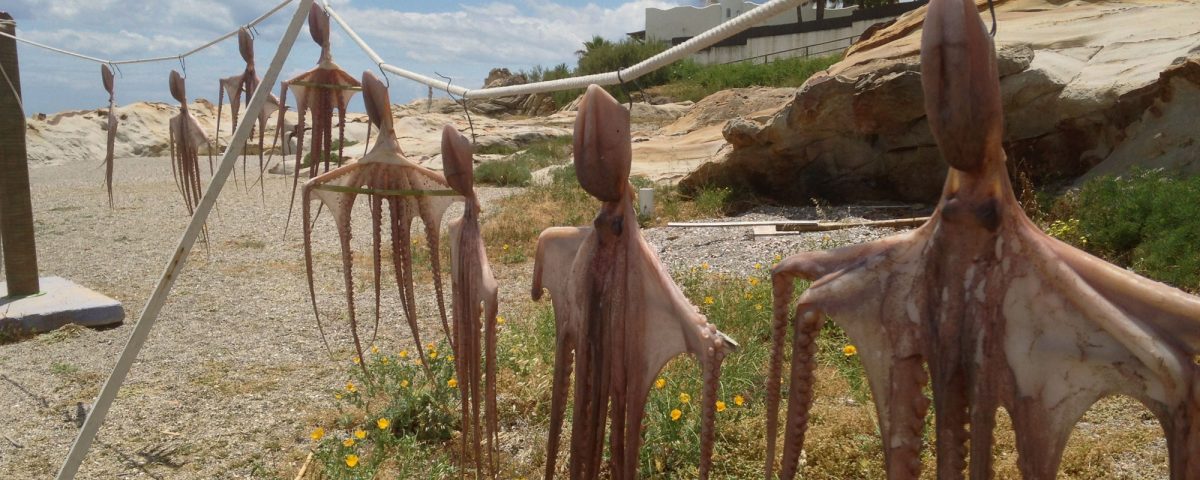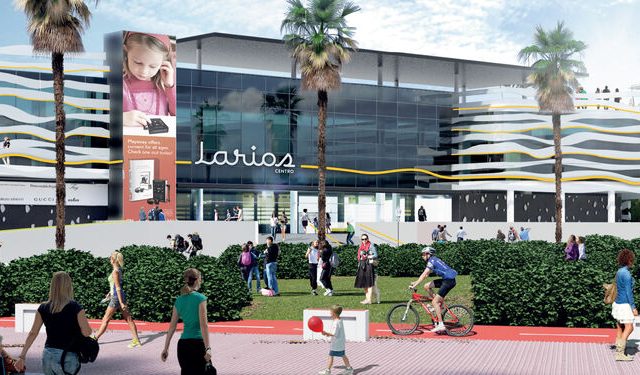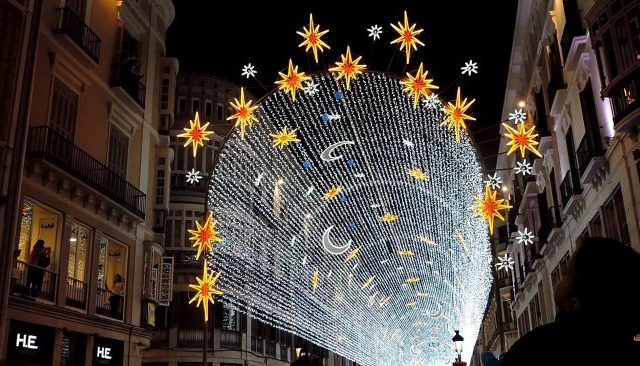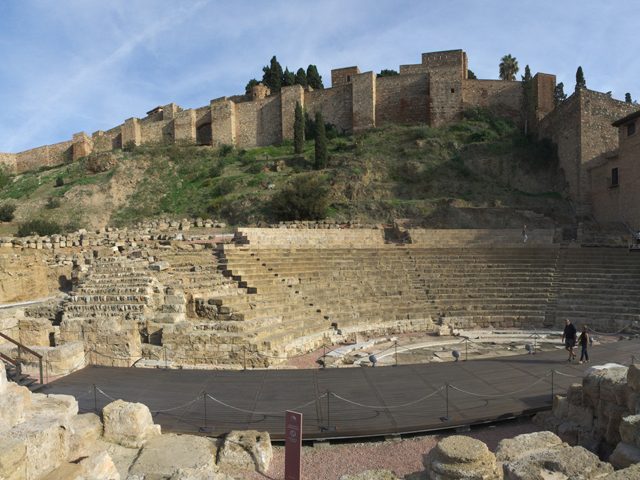- Have any questions?
- +34 951 273 575
- info@allaboutandalucia.com
Find out what is attracting people to the town of Manilva

OH MY GOGH: Record-breaking Vincent van Gogh multimedia exhibition comes to Spain’s Malaga
February 28, 2019
British holidaymakers help smash January tourism record in Spain
March 3, 2019
AT Kinsale restaurant in the heart of Duquesa port you can order a fantastic homemade pie washed down with Guinness, while almost next door is Tim’s Fish & Chips.
Around the corner buy a copy of your favourite
British daily paper, while an English butcher has plied his trade for nearly
two decades nearby.
Brexit? Sod that.
Perhaps that is why the municipality of
Manilva has such a high percentage of foreign, settled residents – 42%
according to Dean Tyler Shelton, one of the only British councillors in Spain,
and Manilva’s councillor for foreign affairs.
Just over 3,000 British expats live in the
12,000-strong municipality, either in the coral-white marina of ‘La Duquesa’,
upon the mile-long beachfront of San Luis de Sabinillas or up on the hilltop
lookout of Manilva itself.
Though the Brits and the 180-odd other
nationalities come from all walks of life and occupations (some have even set
up a newspaper here) they all have something in common.
Like Manilva’s first health tourist, Julius
Caesar, who visited the Roman baths around 60BC, it seems that people come here
for a temperate life beneath the jaw-dropping mountains, fed by the fruits of
the sea.
Walking around the yacht-dotted marina I meet expat John Jackson, a 73-year-old Scotsman, counting the fish in the shallows, watching them eat crumbs from his pan flauta, or Spanish baguette.
“It’s a really well maintained port, friendly and safe too,” the former business consultant told the Olive Press, which is also coincidentally based in Manilva.
John moved to la Duquesa in 2012, where in the winter months the marina remains virtually untouched by tourism.
Wandering the cozy, pedestrianised streets,
it’s clear that this place is small enough for everyone to know everyone – and
while collecting my chips and curry sauce from a takeaway, a local waiter pops
in to practise his English.

Nearby, San Luis de Sabinillas offers another take on coastal living with its collection of ‘chiringuitos’, where the salt sea air is flavoured with the aroma of ‘pescaditos fritos’ – fried fish, Spanish style this time.
These informal beach restaurants often open around Easter in preparation for the holiday season, and in the winter lie dormant like a grapevine, waiting for the sun.
February is exactly the right time for British
expats Peter and Jackie, who have had a holiday home here for the past 12
years.
They say they come to ‘Sabi’ – as they affectionately call the town – in winter to escape the biting cold of England and to avoid the bustling crowds of summer.
On Sundays, however, the famous flea market Rastro de Sabinillas proves that the Spanish do not hibernate and there is still much to see and to do.
Held weekly at the fairground off the Camino
de los Banos de la Hedionda, the Rastro is a bargain hunter’s paradise
stretched across 300 stalls piled with jewel-coloured fruit and veg, antiques,
local handicrafts and second-hand designer wear.
Running further west the other side of Duquesa, the coastline gets wilder and less and less developed.
Here, you will find an extensive nature zone and golden beaches edged with wild grasses and flowers.
The Punta Chullera area is a rock-pool potterer’s paradise and offers the occasional curious sight, such as fresh squid hanging on washing lines to dry.
Here is where I meet Belgian biker Robert Vermeulen, who winds down to the rocky headland ‘to do nothing’ but enjoy his retirement.
The 68-year-old makes the journey to the beach from his Casares pueblo apartment by motorbike to take long walks and soak up the sea air.
“I think the coastline is just beautiful,” he says, in his leather biker’s jacket as the sun pokes out.
The local fisherman still have a place in the community, he tells me, pointing out the numerous vessels parked in front of the promenade.
Next to the gin palaces bobbing at anchor in la Duquesa’s pleasure port, he appreciates that Manilva has not lost its authenticity.

If resting on your well-earned retirement laurels is not for you, then you can still head for the rugged hills of Manilva, which unfold like a fan along several walking and off-road trails.
These capillaries are ever more deeply etched into the landscape by the coast’s growing number of biking and walking enthusiasts who enjoy the trips into nature.
Adventurers should also make a pilgrimage to Manilva itself, which traces its roots dominance back to 16th century vineyards famed throughout the world for their sweet wines, known locally as ‘vino mosto’.
The story of its thriving wine industry is beautifully told at the Nilva Wine Museum where you can also take a vineyard tour.
While meandering through the resting vineyards I bump into Dave and Nicki, who say they only make the trip now for old-time’s sake.
Having run their own property business for 15 years on the Costa de la Luz, they came to Manilva to open up shop and capitalise on the throngs of holiday-home buyers eyeing up the area.
The 2008 economic crash changed that and their business suffered in the ensuing years.
“People stopped coming, even the Brits,” recalls Nicki.
Despite a tainted experience, the couple say that Manilva is back in business and shows no sign of slowing down, with ‘more Brits here now then there have been in previous years’.

Indeed, in the town centre I see both
Spaniards deftly opening salty ‘pipas’ – sunflower seeds baked in shells – in
one bite, and two mums with thick Yorkshires accent keeping tabs on their
skateboarding children.
Nearby, on the border with Casares, you can go
back in time to one of Costa del Sol’s earliest recorded new arrivals: the
Roman baths of Hedionda.
The cloudy blue pools reposing beneath arched brickwork allow you to take in the sublime atmosphere of hundreds of years of history, where medicinal sulphur spring flowing out of from the limestone is said to cure a whole host of ailments, including sunburn.
In fact, that is what brought Julius Caesar to Manilva when he was governor of southern Spain to cure a nasty skin infection.
Apparently, it worked.
Whether here for work or for pleasure, the
sun, the sea and the fresh food are never far from people’s reasons for
residence – Spanish or foreign.
Somehow it still feels as if a certain spell
hangs over these hills, attracting people here from near and far.




